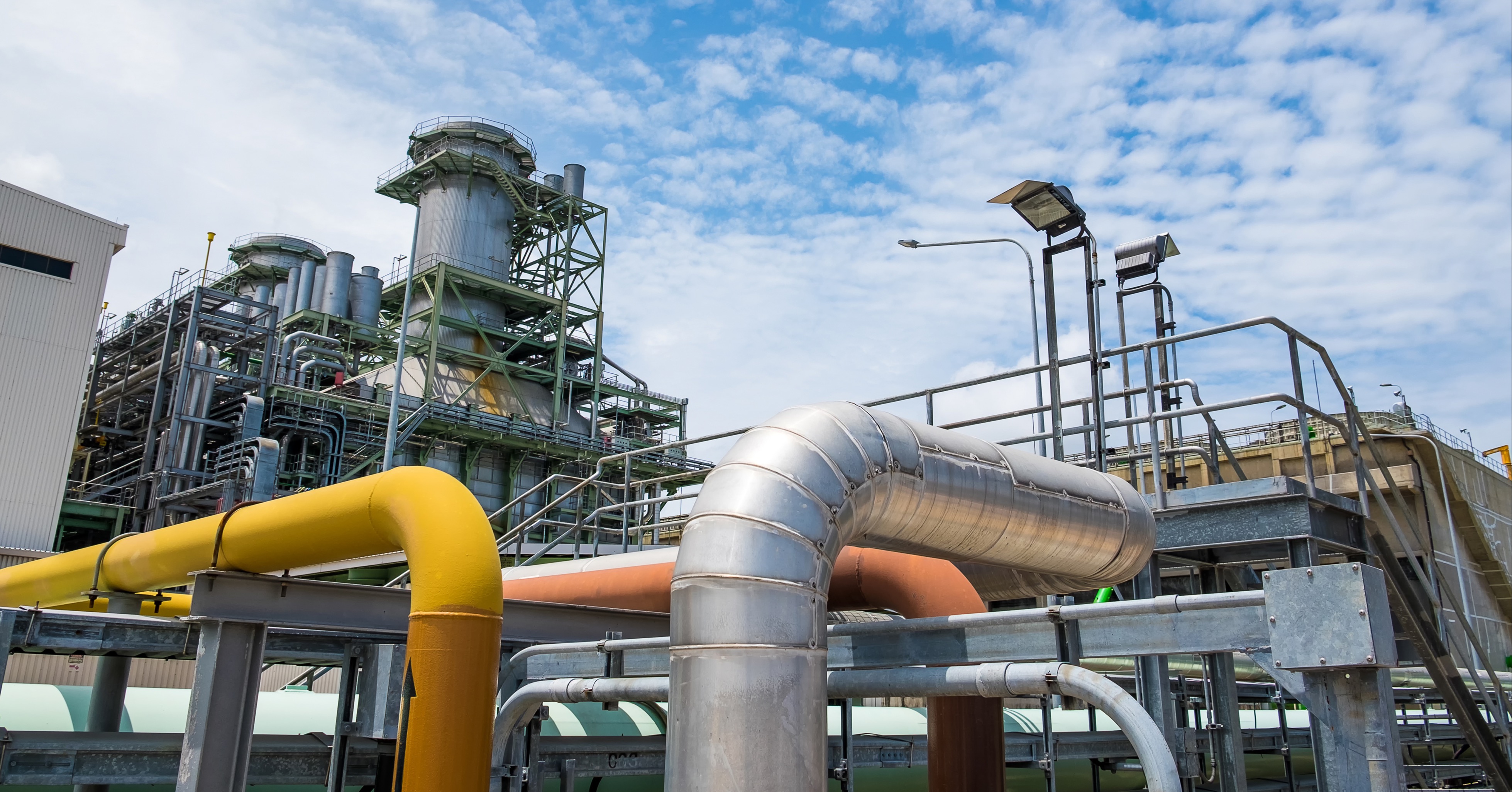About
Power generation facilities, whether hydroelectric or fossil fuel, all present significant and varied fire hazards, from both the fuel and the rotating machinery. Fire also poses a significant business risk, not only because power plants are a major capital investment, but also because downtime can have serious repercussions for those who depend on an uninterrupted supply of electricity.
Considerations
Like data centers, broadband facilities rely on sensitive computing equipment, they are often tightly packed, cooling is a concern, cables and network equipment are always live with electricity, and a fire would be catastrophic. Risk is accentuated when buildings are unmanned. Many are located in remote areas. In some cases, the buildings sole purpose is to house telco network equipment and fire suppression equipment is not required by the AHJ.

